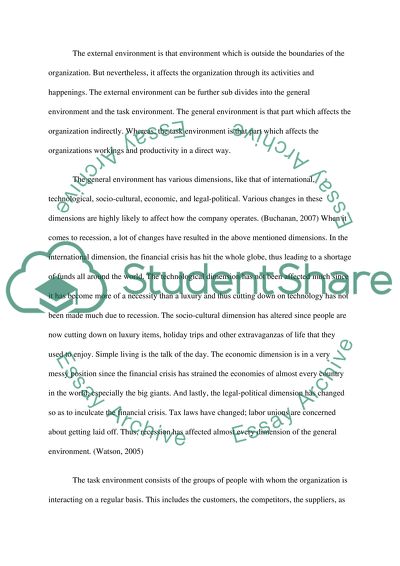Cite this document
(“Principles of Management Essay Example | Topics and Well Written Essays - 2250 words”, n.d.)
Principles of Management Essay Example | Topics and Well Written Essays - 2250 words. Retrieved from https://studentshare.org/miscellaneous/1517810-principles-of-management
Principles of Management Essay Example | Topics and Well Written Essays - 2250 words. Retrieved from https://studentshare.org/miscellaneous/1517810-principles-of-management
(Principles of Management Essay Example | Topics and Well Written Essays - 2250 Words)
Principles of Management Essay Example | Topics and Well Written Essays - 2250 Words. https://studentshare.org/miscellaneous/1517810-principles-of-management.
Principles of Management Essay Example | Topics and Well Written Essays - 2250 Words. https://studentshare.org/miscellaneous/1517810-principles-of-management.
“Principles of Management Essay Example | Topics and Well Written Essays - 2250 Words”, n.d. https://studentshare.org/miscellaneous/1517810-principles-of-management.


